ARTstor is a database that allows you to access and curate high-quality images. ARTstor contains over a million images drawn from museums, artists, libraries, and archives from around the world. All DU faculty, staff, and students can access ARTstor for free with their DU credentials.
ARTstor allows you to search multiple collections simultaneously. You can type in the title of a work, the name of an artist, a genre of art, a country, or any number of subjects, into the search bar.
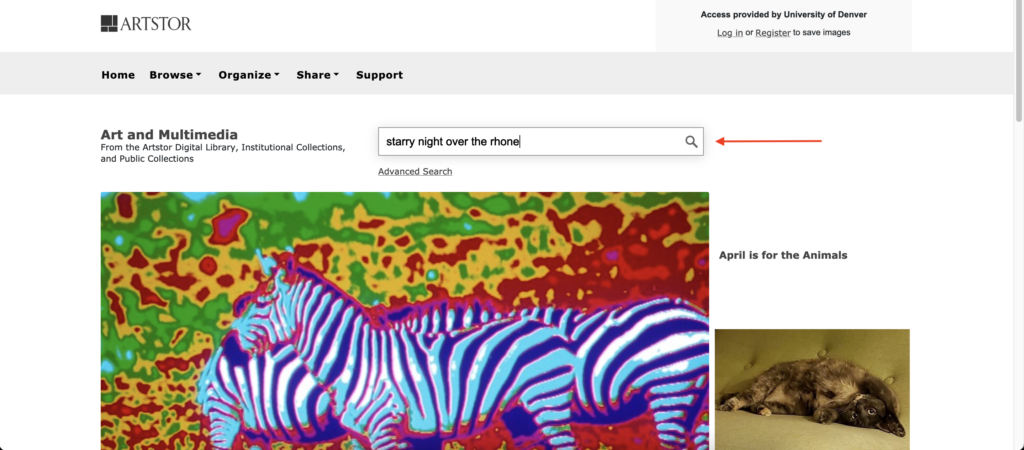
ARTstor users can browse a variety of collections; these vary from institutional collections, like DU’s School of Art and Art History, to collections from museums and archives.
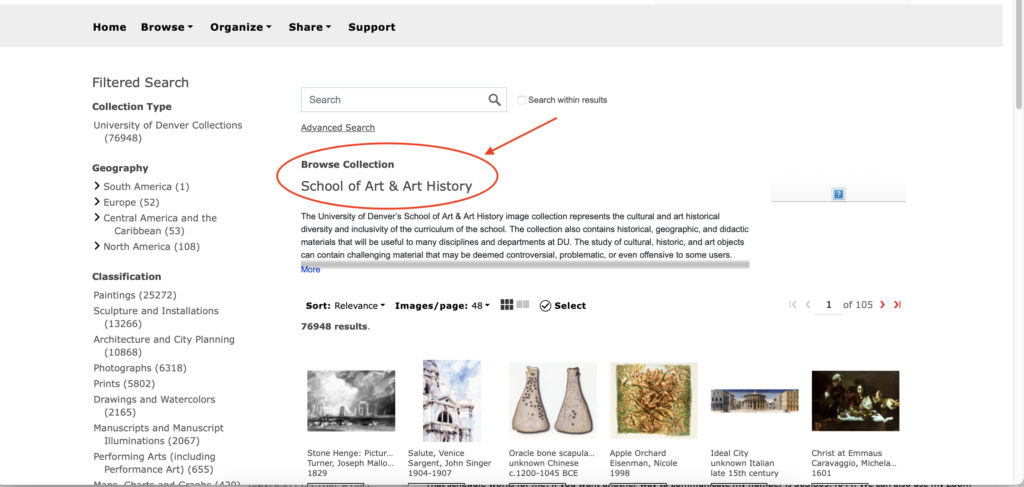
You can organize works from ARTstor’s trove of images into specific “groups”
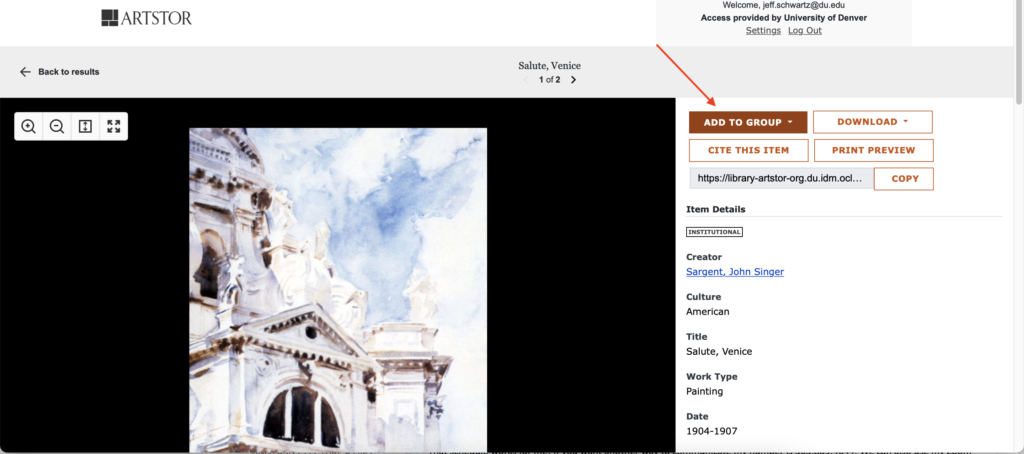
as well as creating a “personal collection” with works that you upload from your computer.

Once images are in a group, you can export them to a PowerPoint or as a .zip file.

“Present” mode makes it possible to show images in fullscreen and compare images side-by-side from the same group.
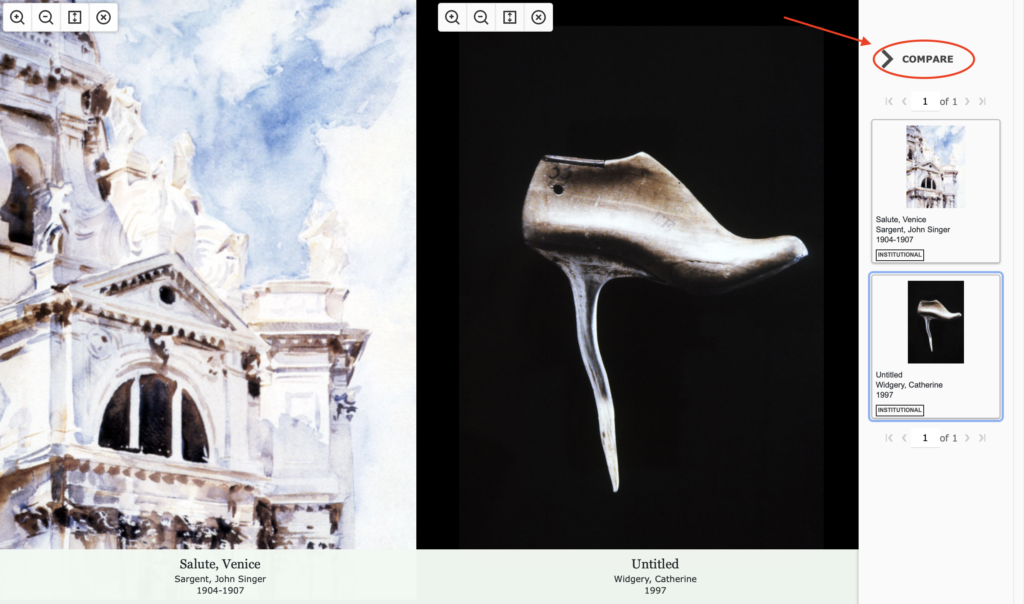
The “Quiz mode” feature removes the artist information and could be useful as a study aid for students or a way to assess students’ retention of information about an image.
ARTstor isn’t yet integrated directly into Canvas’s rich content editor. However, you have the option to download any ARTstor image to your computer; you can then embed that image in a Canvas page by clicking on the “image” button and uploading the image from your computer.
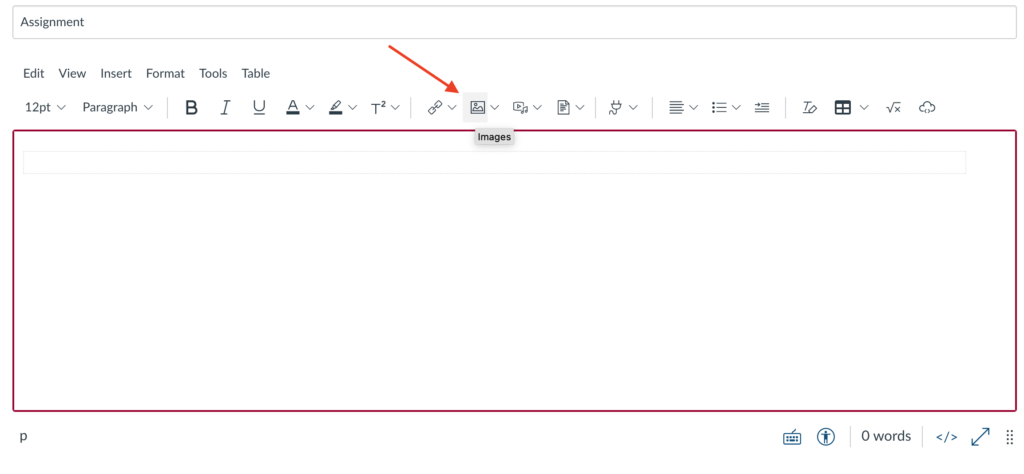
Or, if you want students to use the ARTstor interface, copy the url from the work or the group you want to share. Then, using the “insert link” button on the rich content editor in Canvas, select “external link” and paste in the url address.
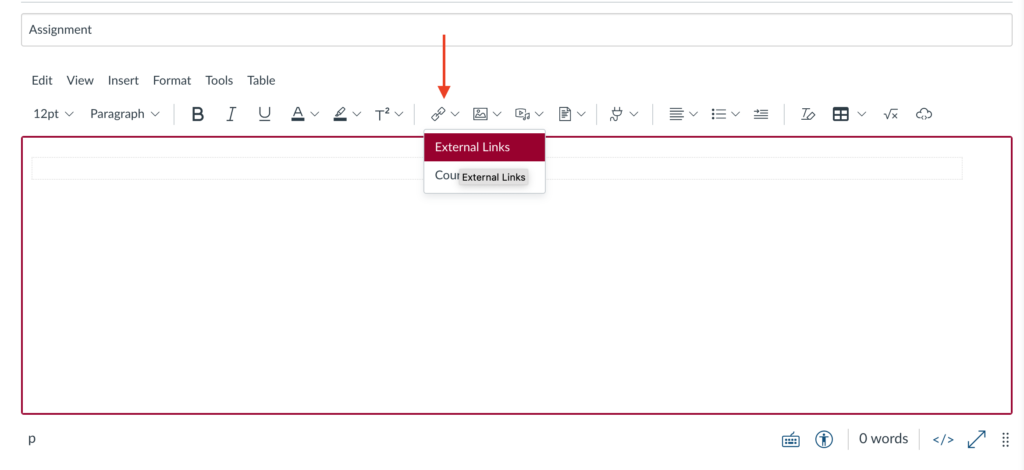
Contact DU Libraries at du-artstorhelp-g@du.edu for questions about using ARTstor at DU. And to consult with an Instructional Designer about how to integrate ARTstor into your pedagogy, feel free to reach out to the Instructional Design team here at the OTL.
